Is Your Skin Freaking Out? Here’s How to Gently Transition Your Routine for Fall
You know that feeling, right? One day you’re fine, and the next, the air has that sharp, cold edge to it. Around the same time, without fail, people start getting concerned about their skin. Suddenly, it’s dry, irritated, and just… angry.
In this article
It’s a super common story. The routine that worked beautifully all summer suddenly seems to betray you, leaving your face feeling tight, red, and uncomfortable. The real fix isn’t just about grabbing a thicker cream; it’s about understanding what’s happening on a deeper level and shifting your entire strategy to support your skin barrier.
Having worked with every skin type imaginable in climates from damp and mild to bone-dry and cold, I’ve learned that this seasonal shift is one of the biggest challenges your skin faces all year. So, let’s get into a simple, effective method for building resilient skin that can handle whatever autumn throws at it.
First, Why Does Fall Air Wreck Your Skin?
To fix the problem, you have to know what you’re up against. The real enemy here isn’t just the cold, it’s the massive drop in humidity. Warm summer air is like a sponge, holding tons of moisture. But as the air cools down, it loses that ability, and the humidity plummets. This creates a huge moisture difference between your skin and the air around you.

Think of your skin’s outer layer like a brick wall. The “bricks” are your skin cells, and the “mortar” holding it all together is a mix of natural fats (lipids) like ceramides, cholesterol, and fatty acids. This lipid mortar is EVERYTHING. It’s what locks moisture in and keeps irritants out.
When the air gets dry, it literally starts pulling moisture out of your skin. It’s a process called Transepidermal Water Loss (or TEWL, if you want to get fancy). As you lose that moisture, the lipid mortar starts to crack, leading to that classic dryness, flaking, and sensitivity. Oh, and then we go inside and turn on the heat, which creates a personal desert in our homes. Your skin just can’t catch a break.
So, your goal for fall skincare is simple: slow down water loss and rebuild that lipid mortar.
Foundation 1: Your Cleanser & Moisturizer Overhaul
The biggest and fastest changes you can make are right here. This is the bedrock of any good routine, and it’s where most people go wrong when the seasons change.

Let’s Rethink Your Face Wash
That sudsy, foaming cleanser you loved in July? It might be your worst enemy right now. Many foaming and gel cleansers use powerful surfactants to get that satisfying lather, but they can also strip away those precious lipids from your skin barrier. Your skin might have been oily enough to handle it in the summer, but now, it’s just too harsh.
It’s time to switch to something gentler. Look for cleansers described as “milky,” “creamy,” or even an oil-based formula. These clean your skin without causing a full-on barrier meltdown. And please, use lukewarm water! A steamy-hot shower feels amazing on a cold morning, but it melts and washes away your protective oils like nothing else.
Quick tip: After cleansing, gently pat your skin dry—don’t rub. Then, use the “60-Second Rule.” You have about a minute after patting your skin dry to apply your first hydrating product or moisturizer. Do it in this window to trap all that surface water before it evaporates.
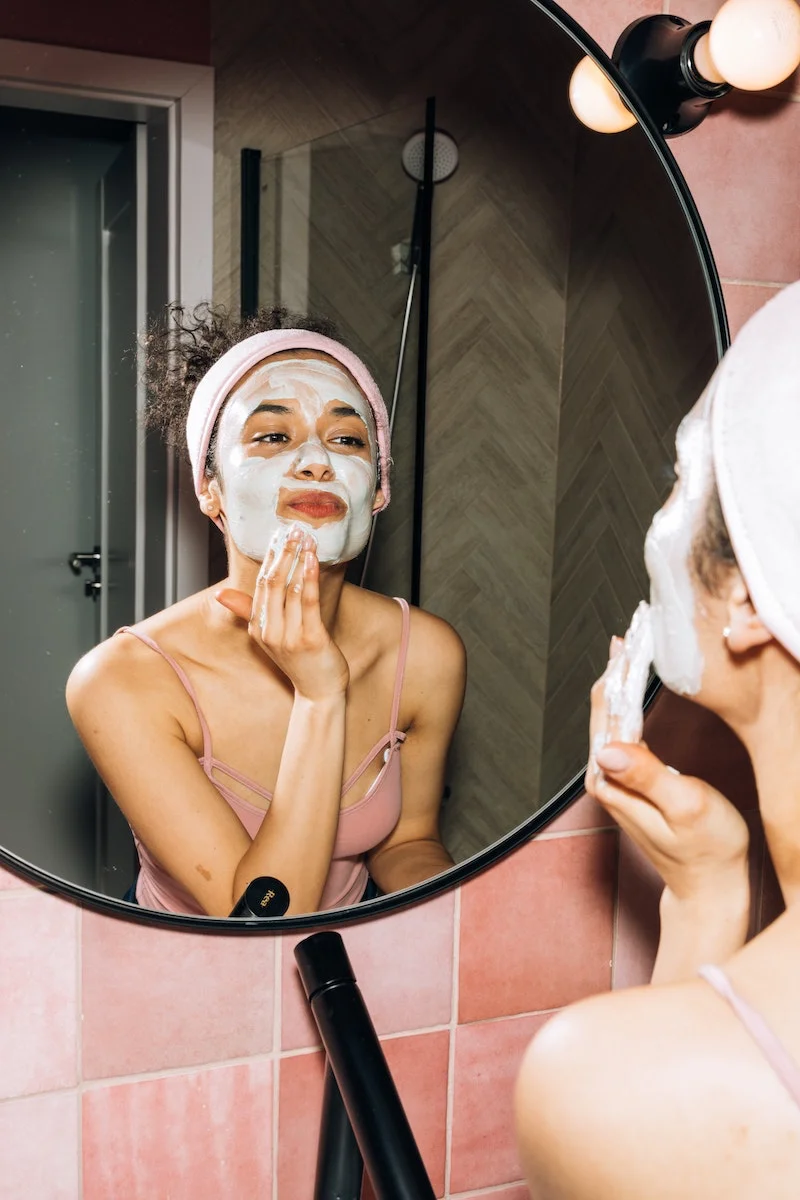
How to Pick a Smarter Moisturizer
Grabbing any old “heavy” cream from the shelf isn’t the answer. A truly effective fall and winter moisturizer needs a team of ingredients working together. Look for these three types on the label:
- Humectants: These are the moisture magnets. Think hyaluronic acid and glycerin. They pull water into the skin. But in dry air, they need backup, or they might pull too much moisture from the deeper layers of your skin, making things worse if it isn’t sealed in.
- Emollients: This is your new “mortar.” These are the lipids that fill in the cracks between your skin cells. The best ones are ceramides, cholesterol, and fatty acids. Squalane is another fantastic one that feels surprisingly lightweight.
- Occlusives: These are the sealants. They form a physical barrier on top of the skin to stop that pesky water loss (TEWL). Petrolatum is the undisputed champ here (and no, it won’t clog your pores, that’s a myth). Other great ones are shea butter and silicones like dimethicone.
Your ideal moisturizer will have a little something from all three categories. A drugstore hero like the CeraVe Moisturizing Cream (in the big tub, usually around $15-$20) is a perfect example, packed with both glycerin and ceramides. If you’ve got a bigger budget, something like the Skinfix Barrier+ Triple Lipid-Peptide Cream (around $50) is phenomenal because it’s specifically formulated with that ideal ratio of ceramides, fatty acids, and cholesterol.
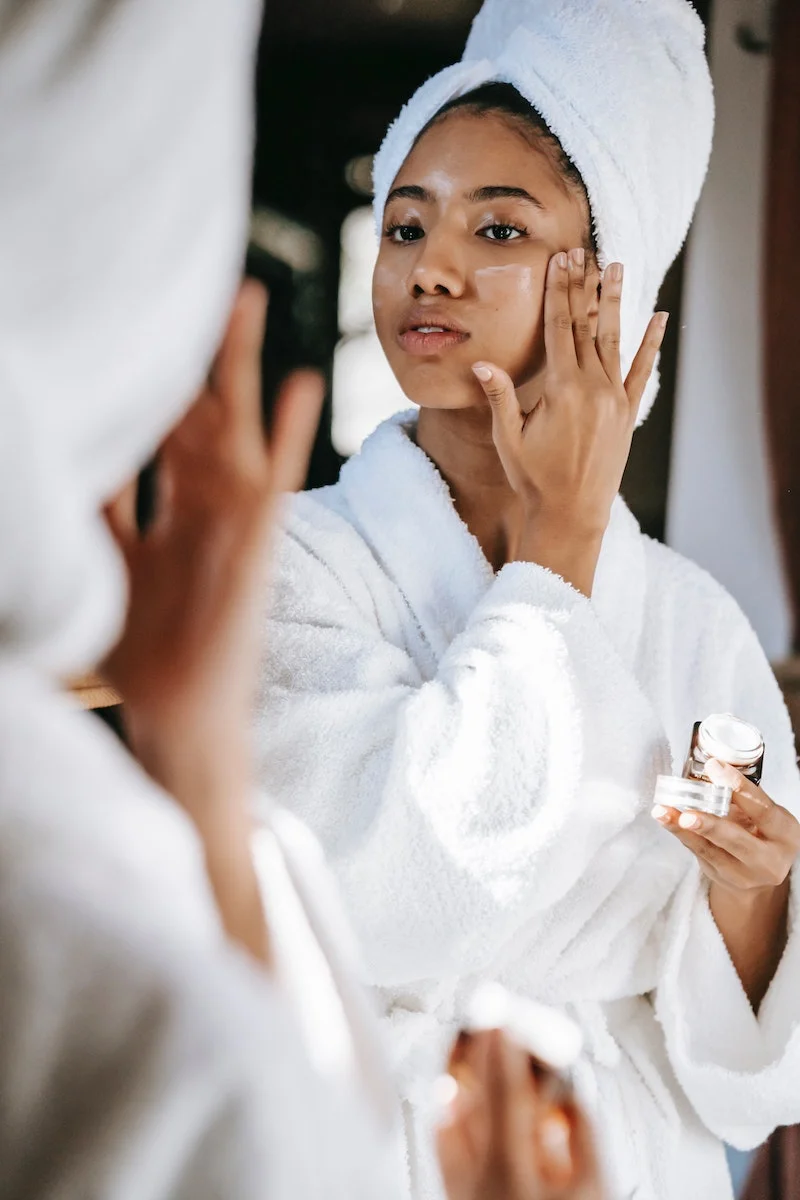
Foundation 2: Adjusting Your Powerhouse Ingredients
Active ingredients like exfoliants and retinoids are amazing, but their potential to irritate goes way up when your skin barrier is already struggling. You don’t have to ditch them, but you absolutely have to adjust how you use them.
A Gentler Approach to Exfoliation
A super common mistake is seeing flakes and thinking you need to scrub them away more aggressively. Honestly, those flakes are a cry for help from a damaged barrier, and more exfoliation just makes it worse. Your skin’s tolerance for chemical exfoliants (like AHAs and BHAs) goes down in the fall.
So, here’s how to adjust:
- Cut the Frequency: If you were using a glycolic acid serum three times a week, dial it back to once a week. See how your skin feels before even thinking about adding a second day.
- Consider a Milder Acid: If your skin is still feeling sensitive, glycolic acid might be too intense. Lactic acid and mandelic acid have bigger molecules, so they work more slowly and are less irritating. Even better are Polyhydroxy Acids (PHAs), which are incredibly gentle and also act as humectants. They’re a fantastic choice for dry, sensitive skin.
Heads up! Your skin is over-exfoliated if it stings when you apply your normal moisturizer or if it looks tight, shiny, and waxy. If that happens, stop all actives for at least two weeks and just focus on gentle cleansing and barrier repair.
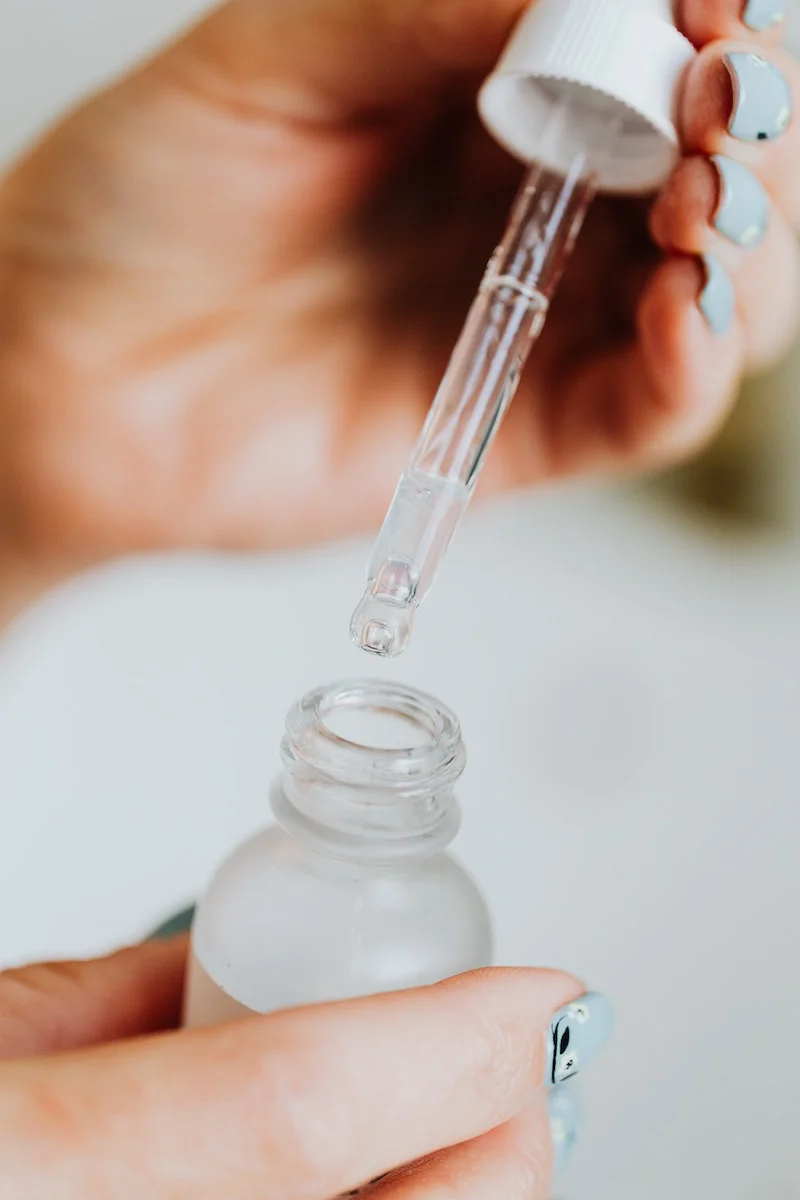
Using Retinoids Without the Regret
Retinoids are the gold standard for so many things, but they speed up skin cell turnover, which can be pretty drying and irritating. To keep using your retinoid through the fall without turning into a peeling, red mess, you need the legendary “Sandwich Method.”
It’s so simple, but it’s a total game-changer:
- On clean, completely dry skin, apply a thin layer of a simple, no-frills moisturizer.
- Wait about 10-15 minutes for it to fully absorb.
- Apply your pea-sized amount of retinoid.
- Wait another 10-15 minutes.
- Apply another layer of your moisturizer on top.
This creates a buffer that dramatically reduces irritation while still allowing the retinoid to do its job. By the way, a great way to structure all this is with “skin cycling.” It’s a simple schedule: Night 1 is for exfoliation, Night 2 is for your retinoid, and Nights 3 & 4 are for recovery (just gentle cleansing and your barrier-repair moisturizer). Then you repeat the cycle. It gives your skin the perfect balance of treatment and rest.
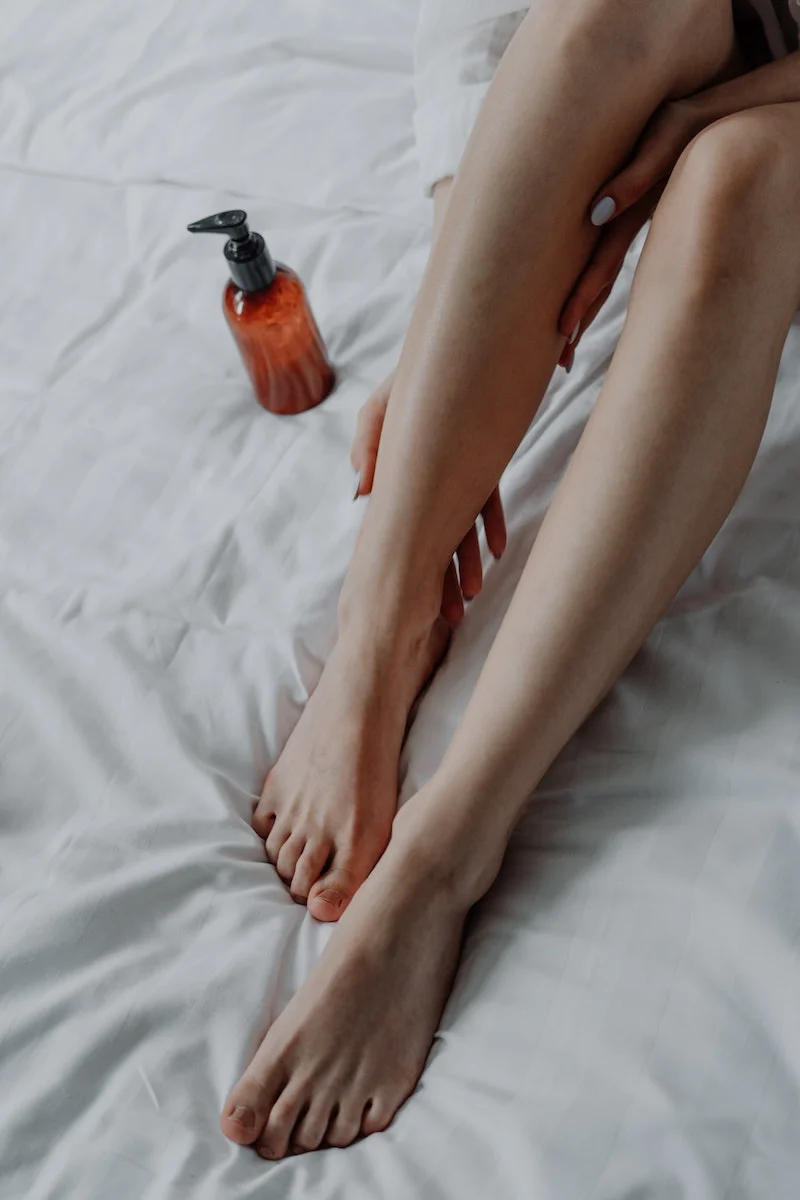
Don’t Forget About Your Body and Lips!
It’s not just your face that suffers! Your hands, legs, and lips can get absolutely wrecked by the dry air.
Swap your lightweight summer body lotion for a richer cream or balm. Look for ingredients like shea butter or cocoa butter. For lips, ditch the simple glosses and find a balm with occlusive ingredients like petrolatum, beeswax, or lanolin to actually heal and protect them.
A Few More Pro-Tips to Get You Through
Here are a couple of other things that make a huge difference:
- Get a Humidifier: This is my secret weapon. Running a simple, cool-mist humidifier in your bedroom at night can make a world of difference. Aiming for 40-50% humidity creates a much friendlier environment for your skin while you sleep. You can find decent ones online or at stores like Target for $30-$50.
- Avoid Common Pitfalls: Two mistakes I see all the time are people stopping their sunscreen (UVA rays that cause aging are out year-round!) and trying to scrub away flakes with harsh physical scrubs (this just makes the damage worse!).
And that’s really it. It’s not about buying a whole new cabinet of products. It’s about making smart, strategic swaps and listening to what your skin is telling you. A little extra care now will keep your skin happy, calm, and glowing all season long.
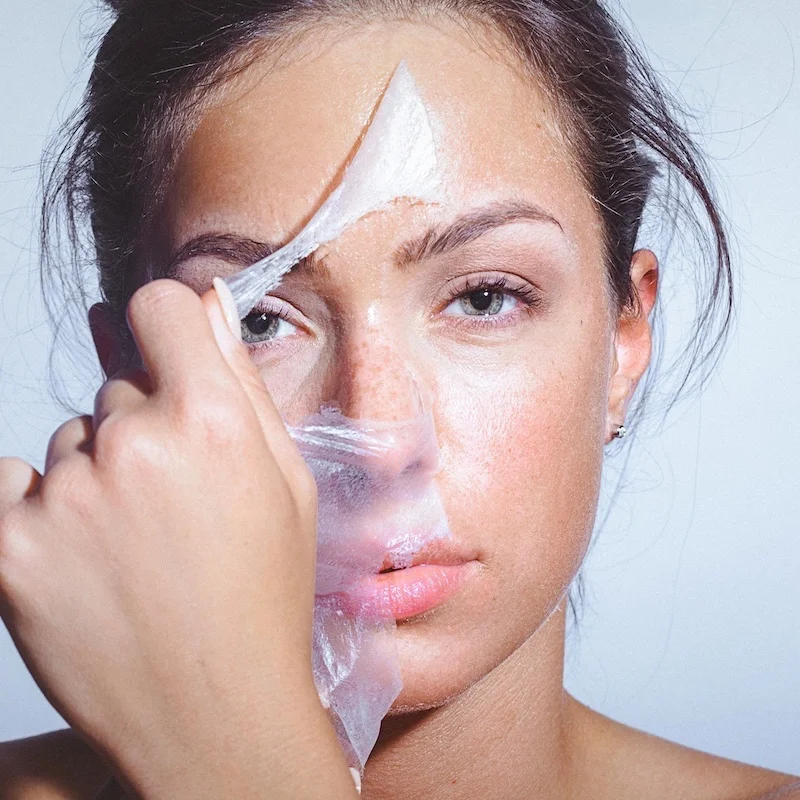
Inspiration:

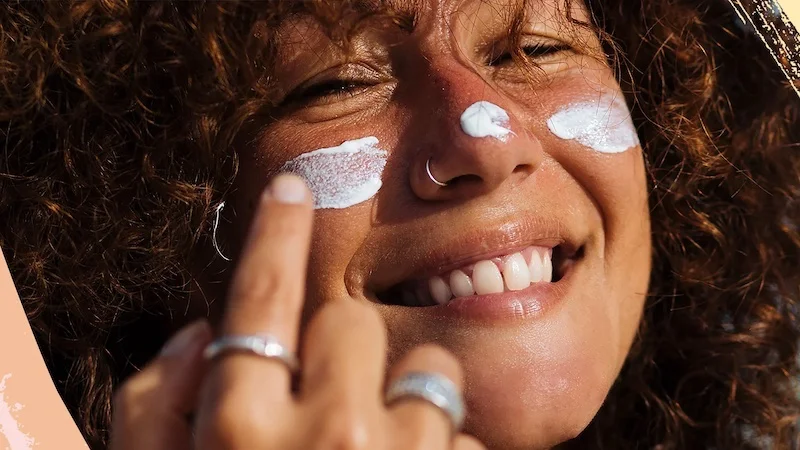
Seeing flakes and feeling the urge to scrub them away?
Resist! That flakiness is a sign of a compromised barrier, and harsh physical scrubs will only make it worse, leading to micro-tears and more irritation. Instead, switch to a gentle chemical exfoliant once or twice a week. Look for products with Lactic Acid or PHAs (Polyhydroxy Acids), which hydrate as they dissolve dead skin cells without causing irritation. It’s the difference between sanding a delicate surface and gently polishing it.
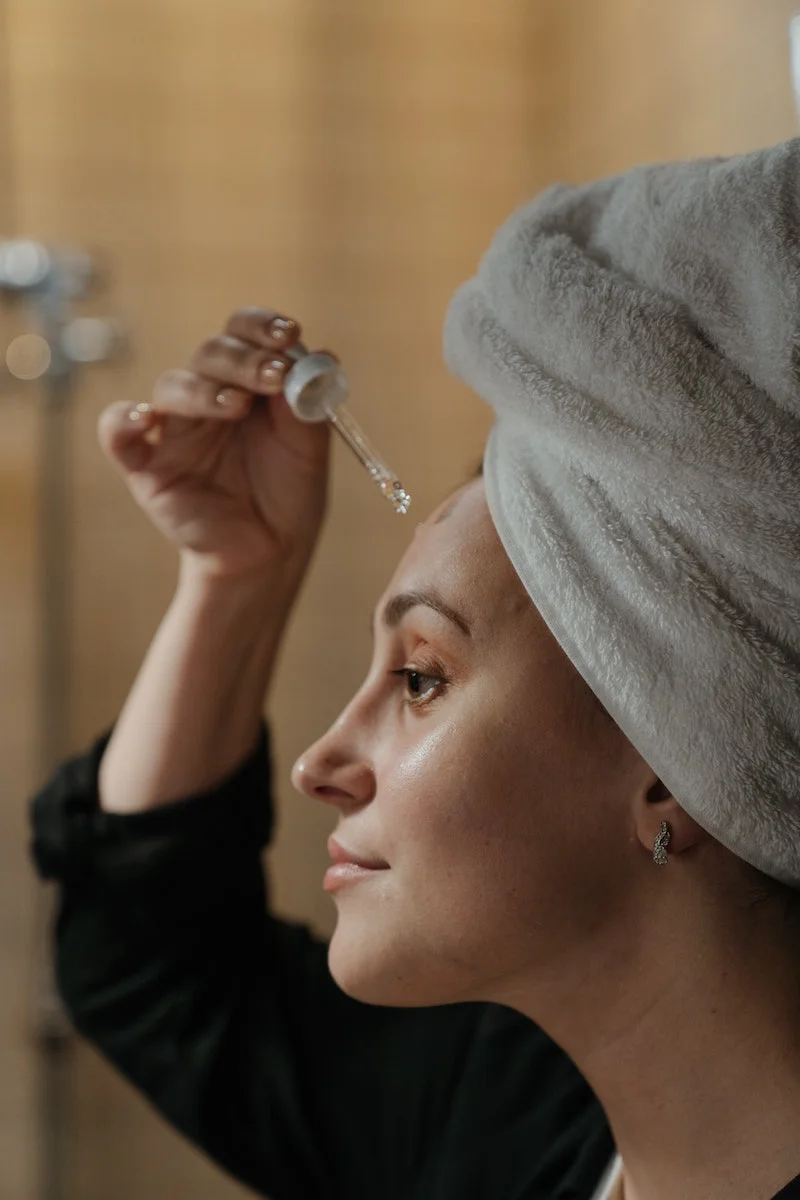
Over 50% of the skin’s outer layer (the stratum corneum) is composed of ceramides.
This isn’t just a fun fact; it’s the key to your fall skincare strategy. When you see a moisturizer advertised as ‘ceramide-rich,’ like the popular CeraVe Moisturizing Cream or Skinfix’s Barrier+ line, it means the product is formulated to directly replenish the ‘mortar’ your skin is losing to the dry air. It’s less about just adding moisture and more about rebuilding the wall that keeps it in.
Your secret weapon against indoor heating: A cool-mist humidifier. Placing a small one, like the popular Levoit Classic 100, on your nightstand helps counteract the dry air while you sleep, significantly reducing moisture loss and helping your skin barrier repair itself overnight. It’s the most passive, effective way to support your topical products.










